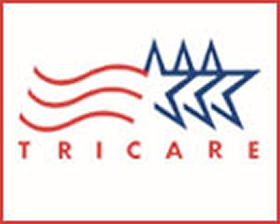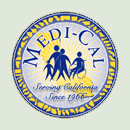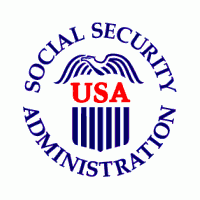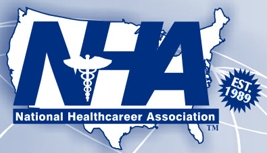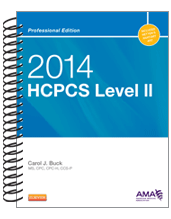
Level II of the Healthcare Common Procedure Coding System (HCPCS) is a standardized coding system that is used primarily to identify products, supplies, and services not included in the CPT codes, such as ambulance services and durable medical equipment, prosthetics, orthotics, and supplies (DMEPOS) when used outside a physician’s office. Because Medicare and other insurers cover a variety of services, supplies, and equipment that are not identified by CPT codes, the level II HCPCS codes were established for submitting claims for these items. The development and use of level II of the HCPCS began in the 1980’s. Level II codes are also referred to as alpha-numeric codes because they consist of a single alphabetical letter followed by 4 numeric digits, while CPT codes are identified using 5 numeric digits.
In October of 2003, the Secretary of HHS delegated authority under the HIPAA legislation to CMS to maintain and distribute HCPCS Level II Codes. CMS establishes uniform national definitions of services, codes to represent services, and payment modifiers to the codes. Much of the information in this post comes directly from their website, www.cms.gov.
Level II HCPCS codes are used by medical suppliers other than physicians, such as ambulance services or durable medical equipment. These are typically not costs that get passed through a physician’s office so they must be death with by Medicare or Medicaid differently from the way a health insurance company would deal with them. Sometimes services are always grouped together, in which case their codes may also be grouped. These are called “bundled” codes.
It should be noted, however, that just because an item or service has an HCPCS code, that does NOT necessarily mean that the service is covered. You must be familiar with each payer’s guidelines.
The HCPCS Index is in alphabetical order, and directs you to specific codes. However, it is important to reference the main portion of the text before assigning a code. Do NOT code directly from the index.
Anatomical Modifiers are used in the HCPCS Level II; examples are:
- F1 Left hand, second digit
- FA Left hand, thumb
- F5 Right hand, thumb
- F9 Right hand, fifth digit
LT and RT are used frequently in the HCPCS Level II to specify laterality. Example: Right kidney biopsy, 50200-RT.
Ambulance modifiers consist of origin and destination used in combination; the first letter indicates the origin, and the second letter indicates the destination. Example:
- R=Residence
- H=Hospital
- RH: origin was patient’s resident; destination was the hospital.


